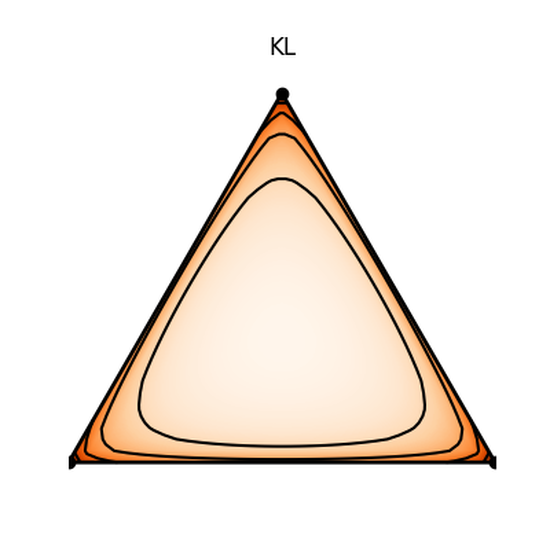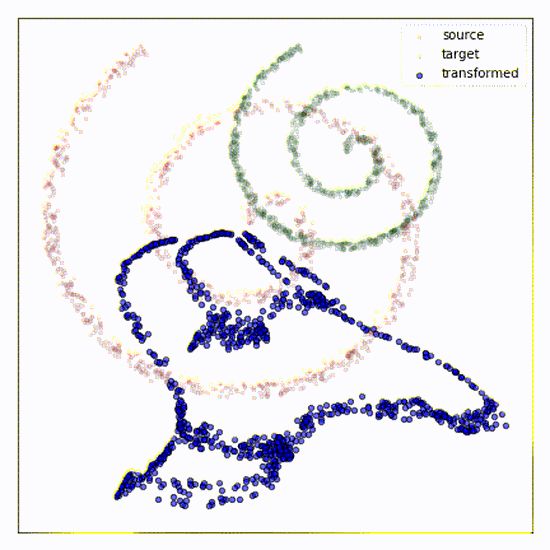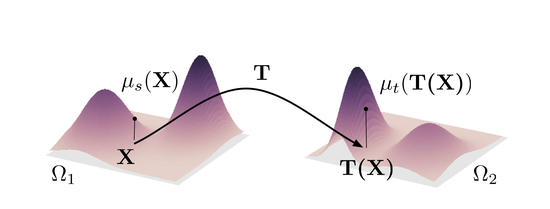Biography
“One should always be a little improbable.”
– Oscar Wilde
Keywords: Optimal transport, Statistical learning, kernel methods, manifold and geometric approaches, optimal control
Recurrent collaborators
- Rémi Flamary (CMAP, Ecole Polytechnique)
- Devis Tuia (EPFL)
- Alain Rakotomamonjy (Criteo AI Lab)
- Ievgen Redko (University Jean-Monnet)
- All the folks from the Obelix team
- many more !
Software
- POT The python Optimal Transport Toolbox
On-going PhD Students
- Clément Bonet (PhD 2020–2023) with François Septier and Lucas Drumetz
- Quang Huy Tran (PhD 2021–2024) with Rémi Flamary and Karim Lounici (CMAP - X)
- Rémi Cornillet (PhD 2021–2024) with Jérémy Cohen (CREATIS - Lyon)
- Renan Bernard (PhD 2021–2024) with Chloé Friguet and Valérie Garès (INSA - Rennes)
- Paul Berg (PhD 2021–2024) with Minh-Tan Pham
- Bjoern Michele (CIFRE PhD 2022–2025) with Valeo.AI
Recently defended PhD thesis:
- Titouan Vayer (PhD 2020) with Laetitia Chapel and Romain Tavenard (now at INRIA)
- Kilian Fatras (PhD 2021) with Rémi Flamary (Post-doc at MLIA)
Teaching
I mostly teach computer and data science at Université Bretagne Sud. Among others, I give the following courses:
I also teach in the Master Erasmus Mundus Copernicus CDE in the GeoData Science track.
Positions
We offer some positions at Obelix for master internships, PhD positions or post-docs. Consult the corresponding webpage. Also, if you are interested in doing research with me, and if you have an excellent track record but do not find a suitable announce, feel free me to contact me or use contact widget !





